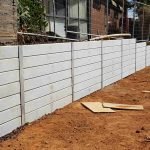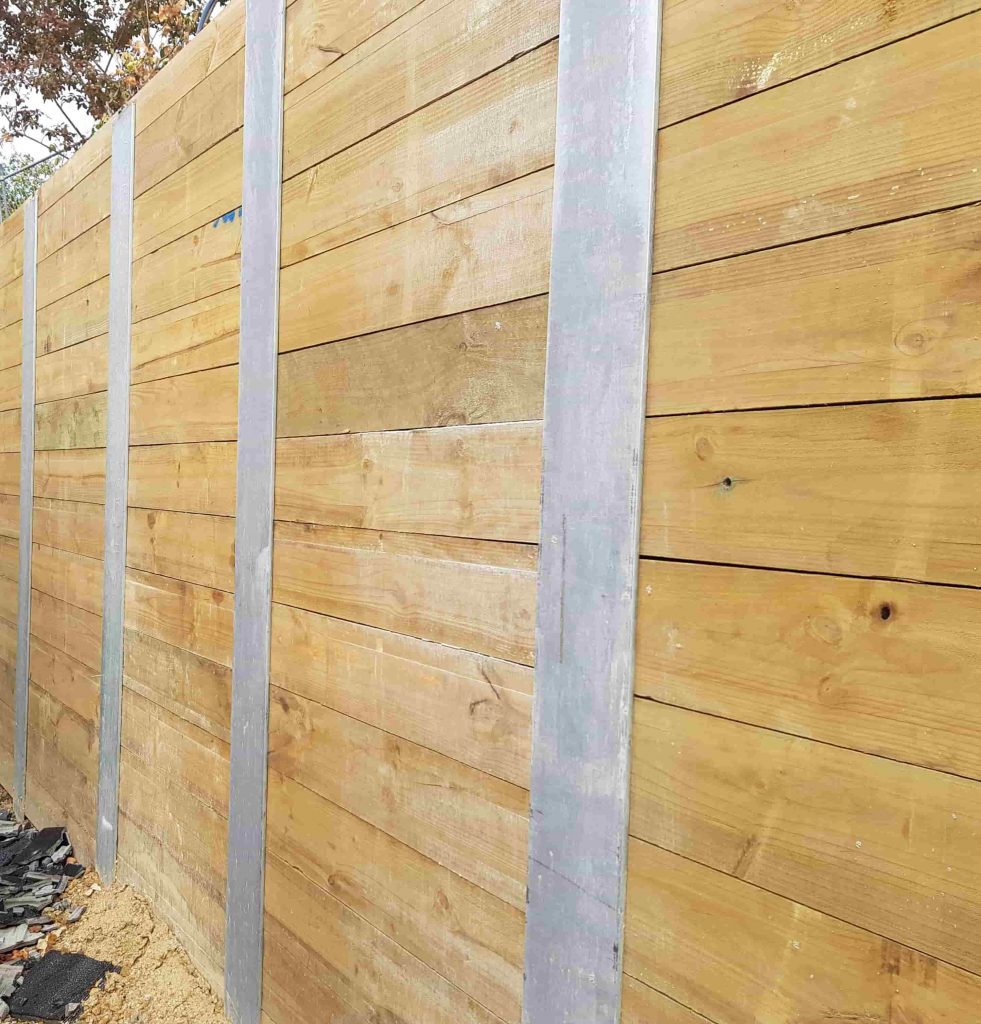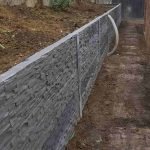Introduction
Retaining walls serve an essential function in landscaping and building. Whether you're seeking to improve the aesthetic appeal of your garden or avoid soil erosion on your property, a sound retaining wall can make all the difference. However, embarking retaining walls contractor on a retaining wall installation task requires careful planning and factor to consider. In this thorough guide, we'll check out various elements you ought to keep in mind before hiring a retaining wall contractor, selecting materials, and beginning the installation process.
Key Considerations for Your Next Retaining Wall Installation Project
When initiating a retaining wall installation project, several essential considerations need to be addressed to guarantee successful conclusion. Comprehending these elements will not only save you time and money however likewise add to the durability and performance of your keeping wall.
Understanding Your Needs
What is the Purpose of Your Keeping Wall?
Before diving into product options or working with a retaining wall builder, it's essential to specify the purpose of your retaining wall. Are you seeking to:
- Prevent soil erosion? Create flat surface areas for gardening? Enhance your landscape's aesthetics?
Identifying the primary function will direct every subsequent decision.
How High Will Your Wall Be?
The height of your retaining wall substantially affects its style and structural requirements. Generally, walls over 4 feet may require additional engineering considerations.
Choosing the Right Material
Timber Sleeper Retaining Walls
Timber sleeper walls offer a natural look and are typically easier to install. However, they have constraints in regards to lifespan and vulnerability to rot if not treated properly.
Pros:
- Cost-effective Easy installation
Cons:
- Limited durability Requires maintenance
Concrete Sleeper Retaining Walls
Concrete sleeper walls are robust and long-lasting, making them an excellent choice for more extensive tasks where strength is paramount.
Pros:

- Durable Low maintenance
Cons:
- Higher preliminary costs Heavier materials can complicate installation
Brick and Stone Retaining Walls
Brick and stone walls supply ageless elegance while offering strength. These alternatives can be more labor-intensive but yield spectacular results that mix with nature beautifully.
Hiring Qualified Professionals
Finding a Trusted Retaining Wall Contractor
Searching for a retaining wall specialist near me? Here are some ideas:

Why Choose Local?
Opting for local experts like a retaining wall professional Melbourne guarantees they understand local guidelines and environment considerations that may affect your project.
Planning Your Project
Permits and Regulations
Before you start any building and construction work, check regional laws relating to licenses needed for maintaining walls. Some towns implement stringent guidelines on height, materials used, and placement.
Site Preparation Steps
Proper site preparation is essential for long-lasting success. This includes:
Clearing debris Assessing drain needs Ensuring appropriate gradingDesign Elements
Aesthetic Considerations
Consider how your picked materials will blend with existing landscaping features such as plants, trees, and other structures around your property.

Drainage Solutions
Incorporating sufficient drainage solutions avoids water buildup behind the wall which could result in structural failure over time.
Cost Factors
Budgeting Your Project
How much does it cost to set up a retaining wall? The cost can differ extensively based upon factors like:
Material choice Wall height Labor costsCreating a detailed budget plan helps minimize unforeseen expenses throughout construction.
FAQs about Retaining Wall Installation
What is the best product for maintaining walls?- It depends upon personal preferences and task requirements; concrete is long lasting while wood offers an organic look.
- Generally, footings should extend listed below the frost line; consult local building regulations for particular requirements.
- While DIY is possible for little tasks, working with specialists guarantees safety and compliance with regulations.
- Regular evaluations for fractures or disintegration are essential; clean drainage systems periodically.
- Timber lasts around 10-- twenty years while concrete can last over 50 years with proper care.
- Yes! Professionals bring knowledge that ensures quality workmanship which conserves you cash in the long run.
Conclusion
When considering your next retaining wall setup project, careful planning is important-- from understanding your needs to choosing products carefully-- as each step adds to creating an efficient service customized particularly to your landscape requirements. Employing knowledgeable experts such as a retaining wall home builder Melbourne will further ensure that all elements-- design, performance, legalities-- are perfectly incorporated into one cohesive structure that improves both safety and appeal on your property.
Remember: investing time upfront settles in many methods down the road! So collect your ideas, ask questions, check out choices completely, then start on bringing that vision of yours into reality!